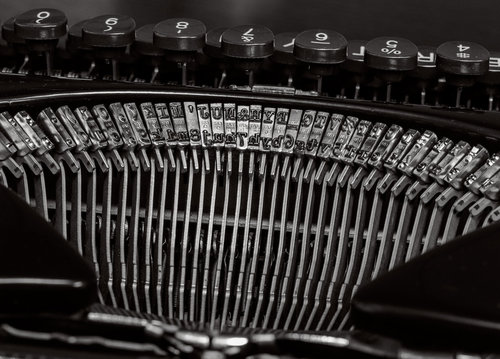We love typewriters; we sell a few of them too. So naturally I noticed this news article about The Times adding the sound of typewriters back into the newsroom. But it isn’t quite what you think…
To the surprise of Times journalists, a tall speaker on a stand has been erected in the newsroom to pump out typewriter sounds, to increase energy levels and help reporters to hit deadlines. The audio begins with the gentle patter of a single typewriter and slowly builds to a crescendo, with the keys of ranks of machines hammering down as the paper’s print edition is due to go to press.
This is only a test, so who knows how it will fare?
Also mentioned in the article is news about the Hanx Writer App from none other than typewriter aficionado Tom Hanks. (You might know him best as a movie star; but he’s a typewriter nerd too!)
Tom Hanks has developed the Hanx Writer app, which simulates the sound of an old-fashioned typewriter and has gone to the top of the iTunes app store in the US. Hanks, it noted, can tell the difference between the sounds of an Olivetti, a Remington and a Royal typewriter model.
Viva la typewriter!
PS More on the Hanx Writer at Mashable.





